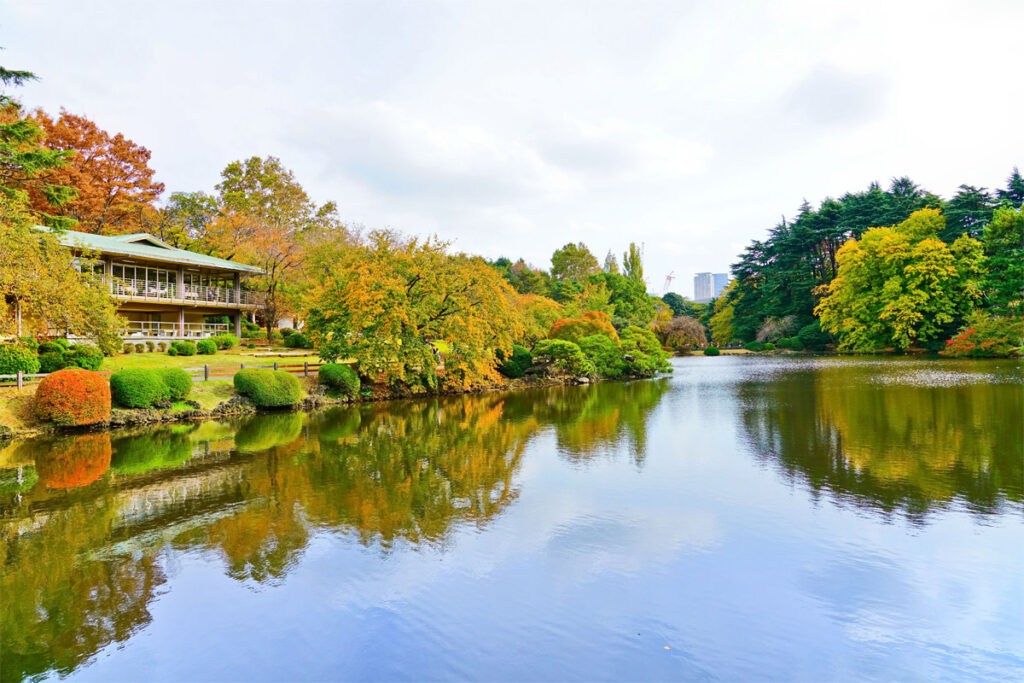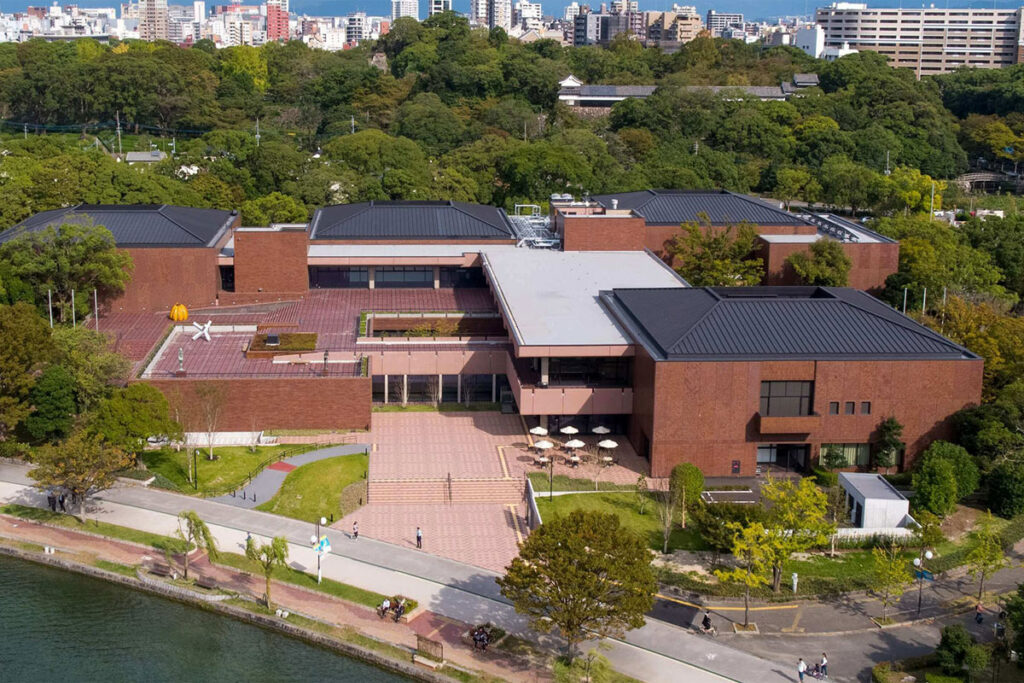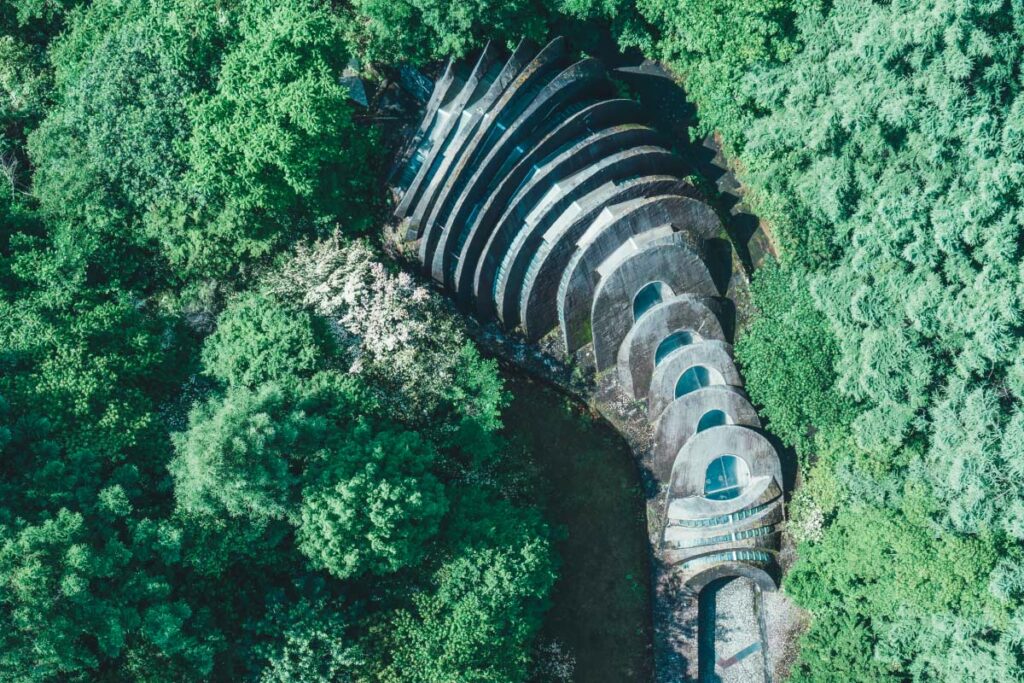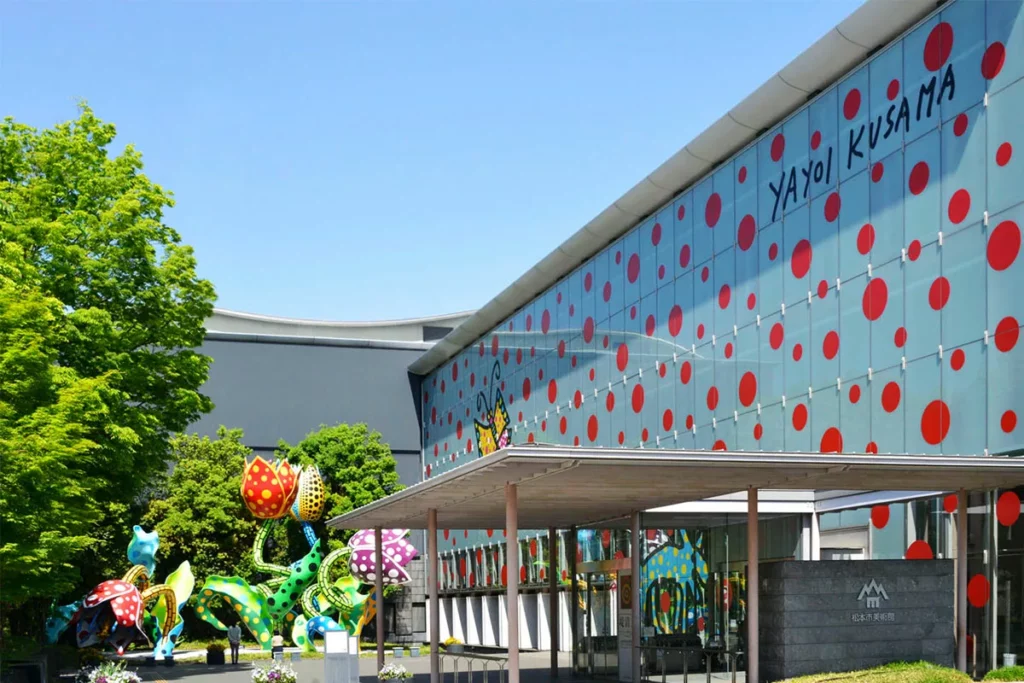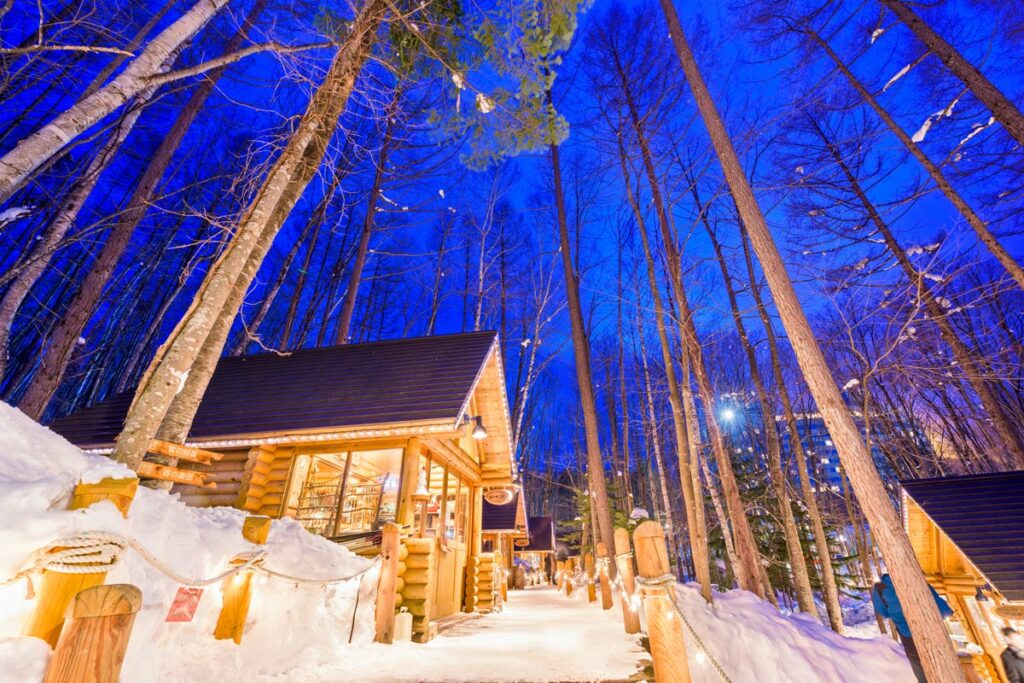Shinjuku Gyoen National Gardens is a beloved treasure in the heart of Tokyo, Japan. This stunning oasis covers an area of 58.3 hectares and boasts a rich history dating back to the Edo Period. Today, it serves as a sanctuary for locals and tourists alike, offering a much-needed escape from the bustling city life.
The garden was originally established as an imperial garden for the royal family in 1906. After suffering extensive damage during World War II, it was reopened as a public park in 1949. Since then, it has become an essential part of Tokyo’s cultural and recreational landscape.
Importance of the garden
Shinjuku Gyoen holds a special place in the hearts of many. Its lush greenery, diverse landscapes, and unique features make it a popular destination for both relaxation and exploration. The garden is also an important symbol of Japanese history, culture, and nature preservation.
Three Distinct Gardens
One of the most fascinating aspects of Shinjuku Gyoen is its three distinct gardens, each representing a different style of landscape architecture.
Japanese Traditional Garden
The Japanese Traditional Garden showcases elements of classic Japanese design, such as stone lanterns, ponds, and wooden bridges. This area features a large pond, where visitors can admire the koi fish swimming below, and a traditional teahouse.
French Formal Garden
The French Formal Garden is a testament to the influence of Western gardening styles on Japanese landscapes. It features symmetrical patterns, a central fountain, and beautifully manicured flower beds, giving it a sense of elegance and sophistication.
English Landscape Garden
The English Landscape Garden is characterized by its naturalistic layout and the use of meandering paths. Here, visitors can stroll among sprawling lawns, mature trees, and colorful flower beds while enjoying the serene atmosphere.
Seasonal Attractions
Shinjuku Gyoen is a fantastic destination all year round, with each season bringing its unique charm and beauty.
Cherry Blossom Season
The garden is particularly famous for its cherry blossoms, which usually bloom between late March and early April. Over a thousand cherry trees, representing various species, transform the park into a pink and white wonderland, attracting visitors from all over the world. The breathtaking “hanami” (flower viewing) experience is a must-see for anyone visiting Tokyo during this time.
Fall Foliage Season
From late November to early December, Shinjuku Gyoen turns into a canvas of vibrant reds, oranges, and yellows as the leaves change color. This spectacular display of autumn foliage draws in crowds eager to witness the beauty of the season.
Other Seasons
In spring, the garden comes alive with blooming azaleas, tulips, and other colorful flowers. Summer offers lush greenery and a lively atmosphere, while winter presents a calm and serene environment, sometimes even blanketed in snow.
Flora and Fauna
Trees and Flowers
Shinjuku Gyoen is home to a wide variety of trees and flowers. Apart from the cherry blossoms and fall foliage, visitors can admire the picturesque Japanese maple trees, evergreen magnolias, and countless other species.
Birds and Wildlife
The garden also provides a habitat for various birds and wildlife. Keep an eye out for swans, ducks, and herons near the ponds, as well as smaller birds like sparrows and warblers throughout the park.
Amenities and Facilities
Greenhouses
The Shinjuku Gyoen Greenhouses showcase a collection of tropical and subtropical plants. These climate-controlled spaces allow visitors to enjoy exotic plants, such as orchids and cacti, year-round.
Tea Houses
There are several traditional Japanese tea houses throughout the garden, where guests can unwind and enjoy a cup of green tea accompanied by Japanese sweets.
Picnic Spots
Shinjuku Gyoen offers numerous picnic spots where visitors can relax on the lawns, bask in the sun, or enjoy a meal with friends and family. However, please note that alcohol consumption is prohibited within the park.
Events and Activities
Shinjuku Gyoen hosts a variety of events and activities throughout the year, such as art exhibitions, cultural performances, and seasonal flower displays. Check the park’s official website or local event listings to find out what’s happening during your visit.
How to Get There
To reach Shinjuku Gyoen National Gardens from Tokyo Station and Shinjuku Station, follow these directions:
From Tokyo Station
- Take the JR Chuo Line (Rapid) from Tokyo Station towards Tachikawa or Hachioji.
- Arrive at Shinjuku Station (approximately 14 minutes).
- Transfer to the Tokyo Metro Marunouchi Line at Shinjuku Station.
- Take the Marunouchi Line towards Ikebukuro or Honancho.
- Get off at Shinjuku Gyoenmae Station (approximately 3 minutes).
- Exit the station through Exit 1 or 2 and walk for about 5 minutes to reach the main entrance of Shinjuku Gyoen.
From Shinjuku Station
- Take the Tokyo Metro Marunouchi Line at Shinjuku Station.
- Head towards Ikebukuro or Honancho.
- Get off at Shinjuku Gyoenmae Station (approximately 3 minutes).
- Exit the station through Exit 1 or 2 and walk for about 5 minutes to reach the main entrance of Shinjuku Gyoen.
Alternatively, you can also walk from Shinjuku Station to Shinjuku Gyoen, which takes approximately 15-20 minutes. Just head southeast from the station and follow the signs leading to the garden.
Parking and Bicycle Rental
There is no parking available within the garden, but there are several paid parking lots nearby. Bicycle rental is not available inside the park, but you can find rental shops in the surrounding area.
Nearby Attractions
If you have extra time, consider exploring other nearby attractions, such as Meiji Shrine, Yoyogi Park, or the bustling shopping districts of Shinjuku and Harajuku.
Shinjuku Gyoen National Gardens is a must-visit destination for nature lovers, photographers, and anyone seeking a peaceful retreat in the midst of Tokyo’s urban landscape. With its diverse gardens, seasonal attractions, and rich history, this beautiful park offers something for everyone.
